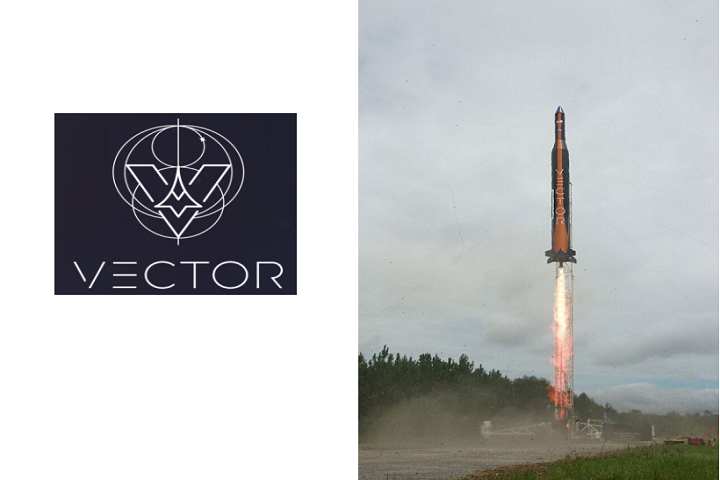
This test flight came not long after Vector achieved a $21 million round of Series A funding, led by Sequoia Capital; Lightspeed Venture Partners and Shasta Ventures also participated. The company says the funding will be used for several objectives, including developing its first GalacticSky satellites and opening a Silicon Valley headquarters for its satellite network, accelerating its flight-test series, and breaking ground on the rocket manufacturing plant, with offices, that it’s building south of the Tucson International Airport. Vector is also building rockets at its current site near downtown Tucson.
“Our historic launch today is a testament to the hard work of the Vector team, as well as support from NASA and Spaceport Camden,” said Jim Cantrell, CEO and Co-Founder of Vector Space Systems. “Together, we’re on the fast-track to get to an orbital capability in 2018 and look forward to continuing momentum and unprecedented growth through the course of this year.”
The primary purpose of yesterday’s test flight was to test the Vector-R’s 3D printed engine injector, which was developed through a collaborative research program with the NASA Marshall Space Flight Center after Vector won a grant from NASA’s Science, Technology and Mission Directorate (STMD) Flight Opportunities program. The injector was 3D printed in just one piece, instead of multiple pieces that later had to be put together; this cuts down on potential errors, points of friction, and the overall time and cost of manufacturing.
The prototype was scheduled to fly below 10,000 feet during the launch, and return under a controlled parachute descent. Several test packages were aboard the Vector-R during its launch yesterday, from Vector customers the Center for Applied Space Technology in Florida, NASA’s Ames Research Center in California, and Astro Digital, which is also based out of California and uses small satellites to provide real-time satellite imagery.
Yesterday’s Vector-R flight was also the first time that spark-igniter technology was used to start up the booster main engine; the technology was developed by Vector with help from NASA and the University of Alabama-Huntsville. As if the company wasn’t busy enough, in addition to conducting more test flights over the coming months, Vector is hoping to develop its own satellite constellation for research and communications and build a business for launching micro-satellites into orbit. The Vector-R is perfect for this task, as it was specifically designed to fly payloads of up to 130 lbs to low-Earth orbit. Discuss in the Vector forum at 3DPB.com. [Sources: Tucson.com, Engadget]Ron Young, the manager of NASA’s Flight Opportunities program, said, “This is a significant accomplishment for Vector and for NASA’s initiatives to advance enabling technologies for suborbital and orbital small launch vehicles.”
